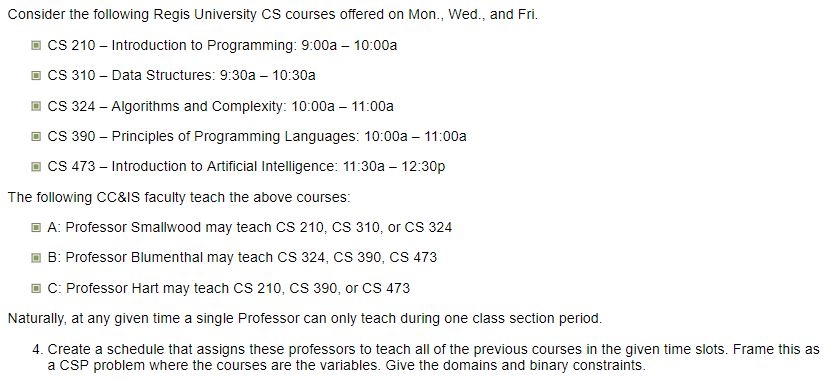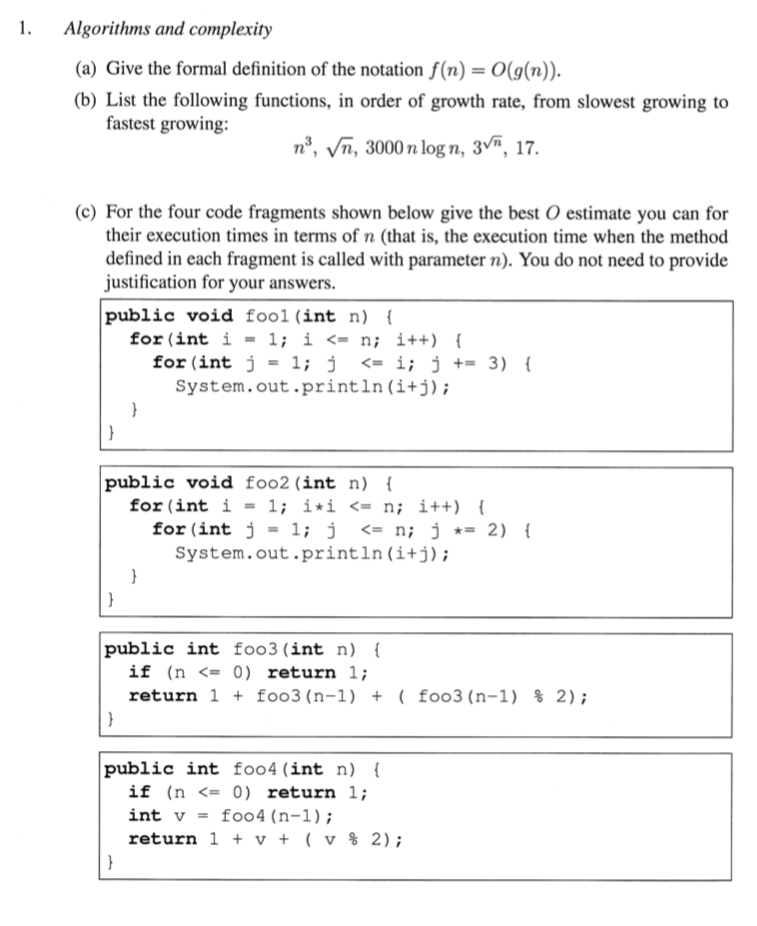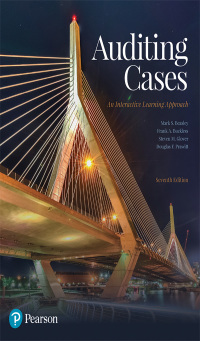Question
In view of the control move, the calculations are classified in the accompanying three sorts. (I) Deterministic: Deterministic calculation depends on either to follow a
In view of the control move, the calculations are classified in the accompanying three sorts.
(I) Deterministic: Deterministic calculation depends on either to follow a 'yes' way or 'no' way
in light of the condition. In this sort of calculation when control runs over a choice rationale,
two ways 'yes and 'no' are shown. Program control follows one of the courses relying on
the condition.
Model:
It is even or odd to Test whether a number. It is positive or negative to Test whether a number.
(ii) Non-deterministic: In this kind of calculation to reach to the arrangement, we have one of the numerous ways.
Model:
To track down a day of seven days.
(iii) Random calculation: After executing a couple of steps, the control of the program moves to
one more advance haphazardly, which is known as an arbitrary calculation.
Model:
An arbitrary inquiry
One more sort of a calculation is the limitless calculation.
Limitless calculations: This calculation depends on better gauges of the outcomes. The number
of steps required wouldn't be known ahead of time. The interaction will be gone on until the best
results arose. For definite assembly more cycles would be required.
Model:
To track down most brief ways from a given source to all objections in the organization.
1.17 FLOWCHARTS
A flowchart is a visual portrayal of the grouping of steps for tackling an issue. It edifies
what starts things out, second, third, etc. A finished flowchart empowers you to arrange your concern into an arrangement of activities. In any event, for planning an item a fashioner ordinarily needs to draw a flowchart.
It is a functioning guide of the end result. This is a simple method for taking care of the perplexing planning issues.
The peruser follows the cycle rapidly from the flowchart as opposed to going through the text.
A flowchart is an elective method for tackling an issue. Rather than enlightening advances, we use
pictorial portrayal for each progression. It shows a grouping of tasks. A flowchart is a bunch of images,
which shows different tasks in the program. For each interaction, there is a relating image
in the flowchart. When a calculation is composed, its pictorial portrayal should be possible utilizing flowchart
images. All in all, a pictorial portrayal of a literary calculation is finished utilizing a flowchart.
We give underneath a few normally involved images in flowcharts.
Begin and end: The beginning and end images demonstrate both the start and the finish of the flowchart.
This image resembles a level oval or is egg formed. Figure 1.18 shows the image of Start/stop. As it were
one stream line is joined with this sort of image. We compose START, STOP or END in the images
of this sort. Typically this image is involved two times in a flowchart, or at least, toward the start and toward the end.
Begin
Stop Write a program to return the worth from fundamental()
.
Clarification:
The above program delivers no result. The fundamental() ought to return a worth of one or the other 0 or 1.
A few working frameworks check the return worth of principle(). In the event that fundamental() returns 0, for example program executed effectively; else for other worth OS expects to be the inverse. Assuming that client neglects to put
the return articulation, the compiler wouldn't say anything negative.
1.13 AdvantagesMofMC
(I) It contains a strong information definition. The information type upheld are characters, alphanumeric,
whole numbers, long number, floats and twofold. It likewise upholds string control as
character exhibit.
(ii) C backings a strong arrangement of administrators.
(iii) It additionally upholds strong illustrations programming and straightforwardly works with equipment. Execution of program is quicker.
(iv) A get together code is additionally embedded into C projects.
(v) C projects are exceptionally versatile on an OS stages.
(vi) System projects, for example, compilers, working frameworks can be created in C. For instance,
the famous it is created in C to work framework UNIX.
(vii) The C language has 32 watchwords and around 145 library works and close around 30 header
documents.
(viii)
C works intimately with machines and matches low level computing construct in numerous ways.
1.14 HeaderMFiles
stdio.h: Standard info and result documents. All designed and unformatted capacities incorporate document
activity capacities characterized in this record. The most valuable arranged printf() and scanf() are
characterized in this record. This document should be incorporated at the highest point of the program. Most helpful capacities from
this header records are printf(), scanf(), getchar(), gets(), putc() and putchar().
conio.h: Console info and result. This record contains information and result capacities alongside a couple
realistic supporting capacities. The getch(), getche() and clrscr() capacities are characterized in
this document.
math.h: This record contains all numerical and other valuable capacities. The usually helpful capacities from this documents are floor(), abs(), ceil(), pow(), sin(), cos() and tan(). The rundown
of ordinarily utilized header documents are given


Consider the following Regis University CS courses offered on Mon., Wed., and Fri. CS 210 - Introduction to Programming: 9:00a - 10:00a CS 310 - Data Structures: 9:30a - 10:30a CS 324 - Algorithms and Complexity: 10:00 - 11:00a CS 390 - Principles of Programming Languages: 10:00 - 11:00a CS 473 - Introduction to Artificial Intelligence: 11:30a - 12:30p The following CC&IS faculty teach the above courses: A: Professor Smallwood may teach CS 210, CS 310, or CS 324 B: Professor Blumenthal may teach CS 324, CS 390, CS 473 C: Professor Hart may teach CS 210, CS 390, or CS 473 Naturally, at any given time a single Professor can only teach during one class section period. 4. Create a schedule that assigns these professors to teach all of the previous courses in the given time slots. Frame this as a CSP problem where the courses are the variables. Give the domains and binary constraints.
Step by Step Solution
There are 3 Steps involved in it
Step: 1

Get Instant Access to Expert-Tailored Solutions
See step-by-step solutions with expert insights and AI powered tools for academic success
Step: 2

Step: 3

Ace Your Homework with AI
Get the answers you need in no time with our AI-driven, step-by-step assistance
Get Started


